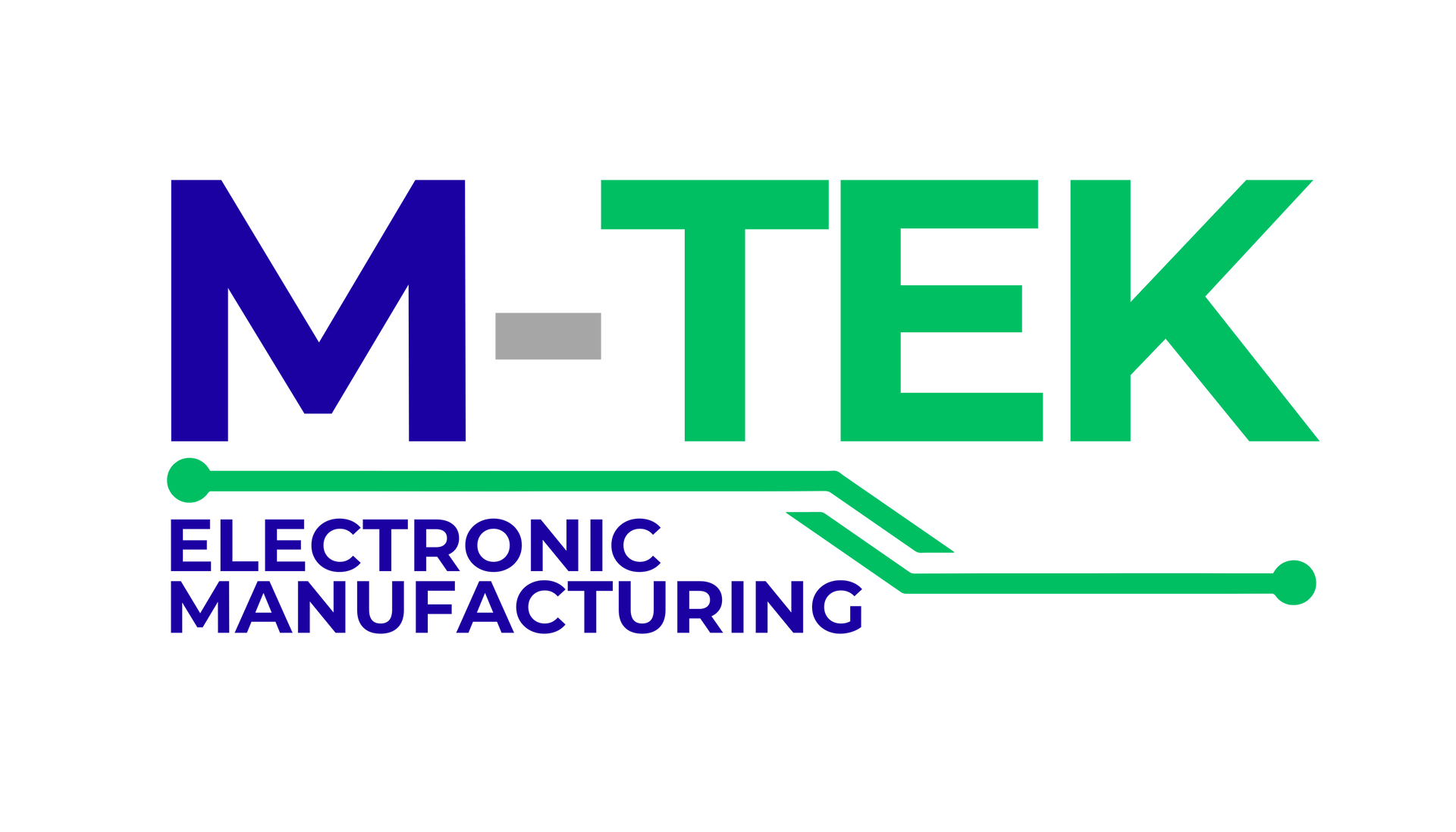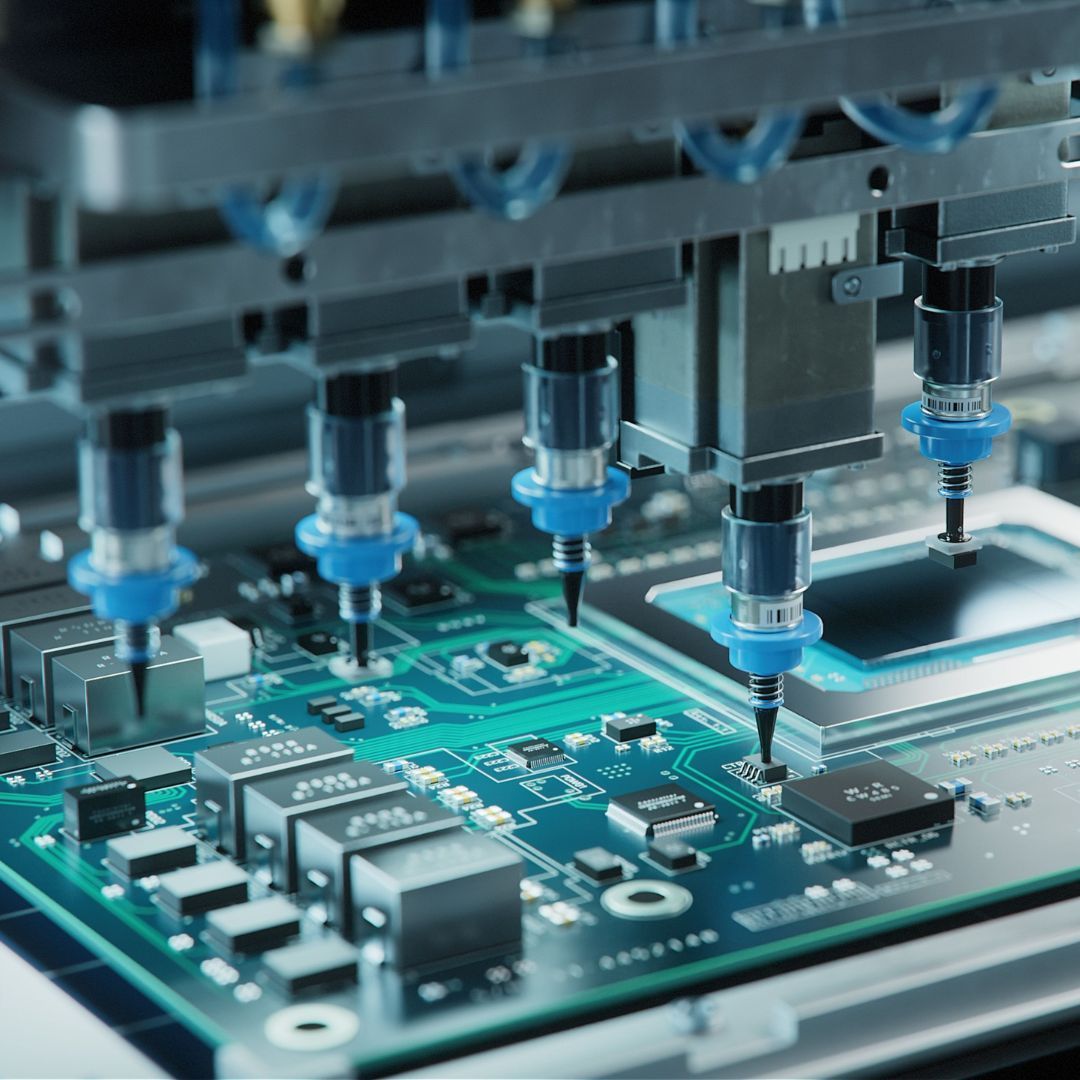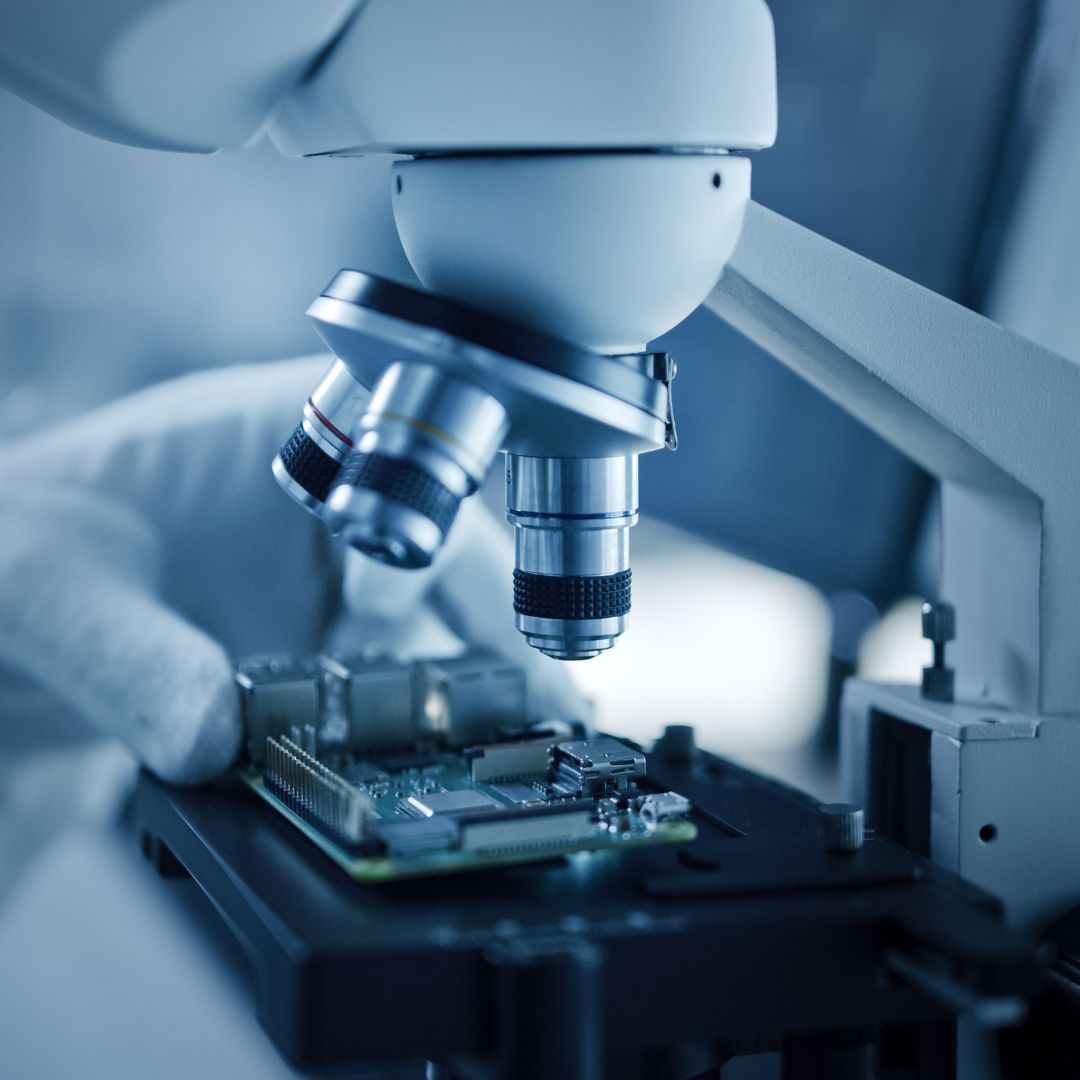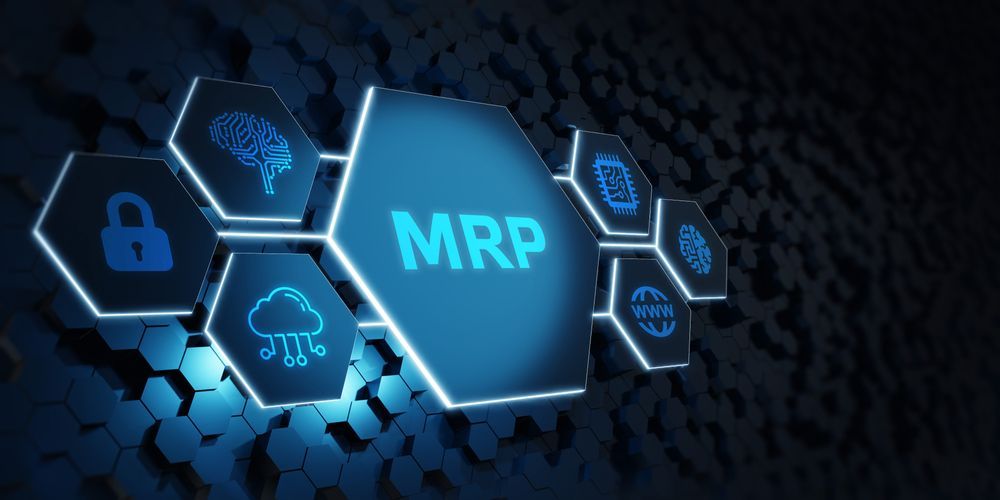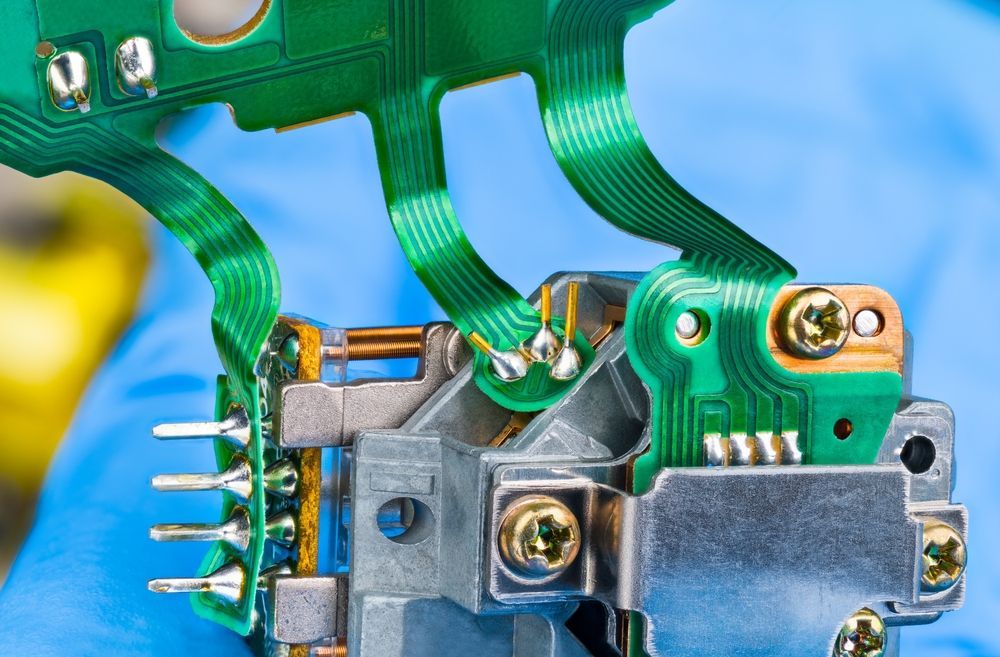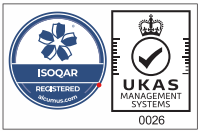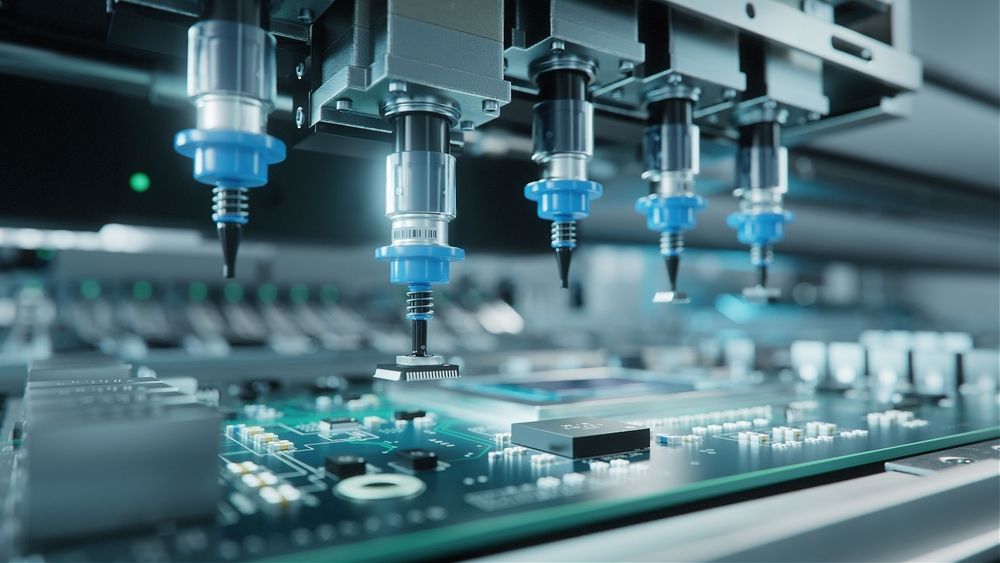
In today's fast-paced electronic manufacturing industry, optimising processes and improving efficiency is crucial for staying competitive.
When it comes to PCB (Printed Circuit Board) assembly, streamlining the manufacturing processes is essential to meet the growing demands for high-quality products with shorter turnaround times.
By implementing efficient techniques and utilising advanced technologies, manufacturers can significantly enhance both the efficiency and quality of
PCB assembling.
Automated Component Placement
One of the key areas where efficiency can be improved is component placement. Traditional manual component placement can be time-consuming and prone to errors.
However, by embracing automated component placement systems, manufacturers can significantly speed up the assembly process.
These systems utilise robotic arms or pick-and-place machines to accurately and quickly position components onto the PCB.
This not only reduces assembly time but also minimises the chances of human errors, ensuring higher quality and reliability of the assembled boards.
Design for Manufacturability (DFM)
Adopting a design for manufacturability approach right from the initial stages of PCB design can have a profound impact on the efficiency of the assembly process.
DFM techniques focus on optimising the design to simplify assembly and minimise the chances of errors or rework.
By considering factors such as component spacing, orientation, and accessibility, designers can create PCB layouts that are easy to assemble.
Collaboration between design and assembly teams is essential to ensure seamless integration and improve overall efficiency.
Advanced Soldering Techniques
Soldering is a critical process in PCB assembly, and advancements in soldering technologies have greatly improved efficiency and quality.
Two notable techniques that enhance the soldering process are reflow soldering and selective soldering.
Reflow soldering involves using a specialised oven to melt solder paste and create strong electrical connections between components and the PCB.
Selective soldering, on the other hand, targets specific areas of the board for soldering, reducing the time and effort required for the entire assembly.
These techniques not only speed up the process but also ensure consistent soldering quality.
Automated Optical Inspection (AOI)
Quality control is an integral part of PCB assembly, and manual inspection can be time-consuming and prone to human errors.
By implementing Automated Optical Inspection (AOI) systems, manufacturers can achieve faster and more accurate quality checks.
AOI systems utilise high-resolution cameras and image processing algorithms to inspect PCBs for defects, such as missing components, misaligned parts, soldering issues, or solder bridges.
The automated nature of AOI eliminates human error and allows for faster identification and rectification of problems, thereby improving overall quality and reducing rework.
Lean Manufacturing Principles
Applying lean manufacturing principles to PCB assembly processes can bring about significant improvements in efficiency.
By eliminating waste, optimising workflow, and reducing cycle times, manufacturers can streamline their operations and enhance productivity.
Techniques like Kanban, 5S methodology, and value stream mapping can be employed to identify bottlenecks, eliminate non-value-added activities, and create a more efficient production line.
This approach also promotes continuous improvement and fosters a culture of efficiency throughout the organisation.
Training and Skill Development
Investing in employee training and skill development is crucial for enhancing the efficiency and quality of PCB assembly processes.
Providing comprehensive training programs on advanced assembly techniques, equipment operation, and quality control measures equips the workforce with the necessary skills to perform their tasks more efficiently.
Additionally, fostering a culture of continuous learning and encouraging employees to stay updated with industry trends and technological advancements ensures that the assembly processes remain optimised and up-to-date.
PCB Assembling Process: Final Thoughts
In conclusion, streamlining PCB assembly processes is essential for manufacturers looking to enhance efficiency and deliver high-quality products.
With a well-optimised assembly line, manufacturers can meet the increasing demands of the market while maintaining a competitive edge in the electronics manufacturing industry.
M-Tek
At M-Tek Assembly we have decades of experience within the industry. We have achieved a
net-zero carbon footprint by using electric vehicles, and for every printed circuit board we build, we plant a tree. Contact one of our SMT and PCB assembly experts today for assistance. Call
01189 455377 or follow us on
Twitter to learn more about our products and services, including PCB assembling.
